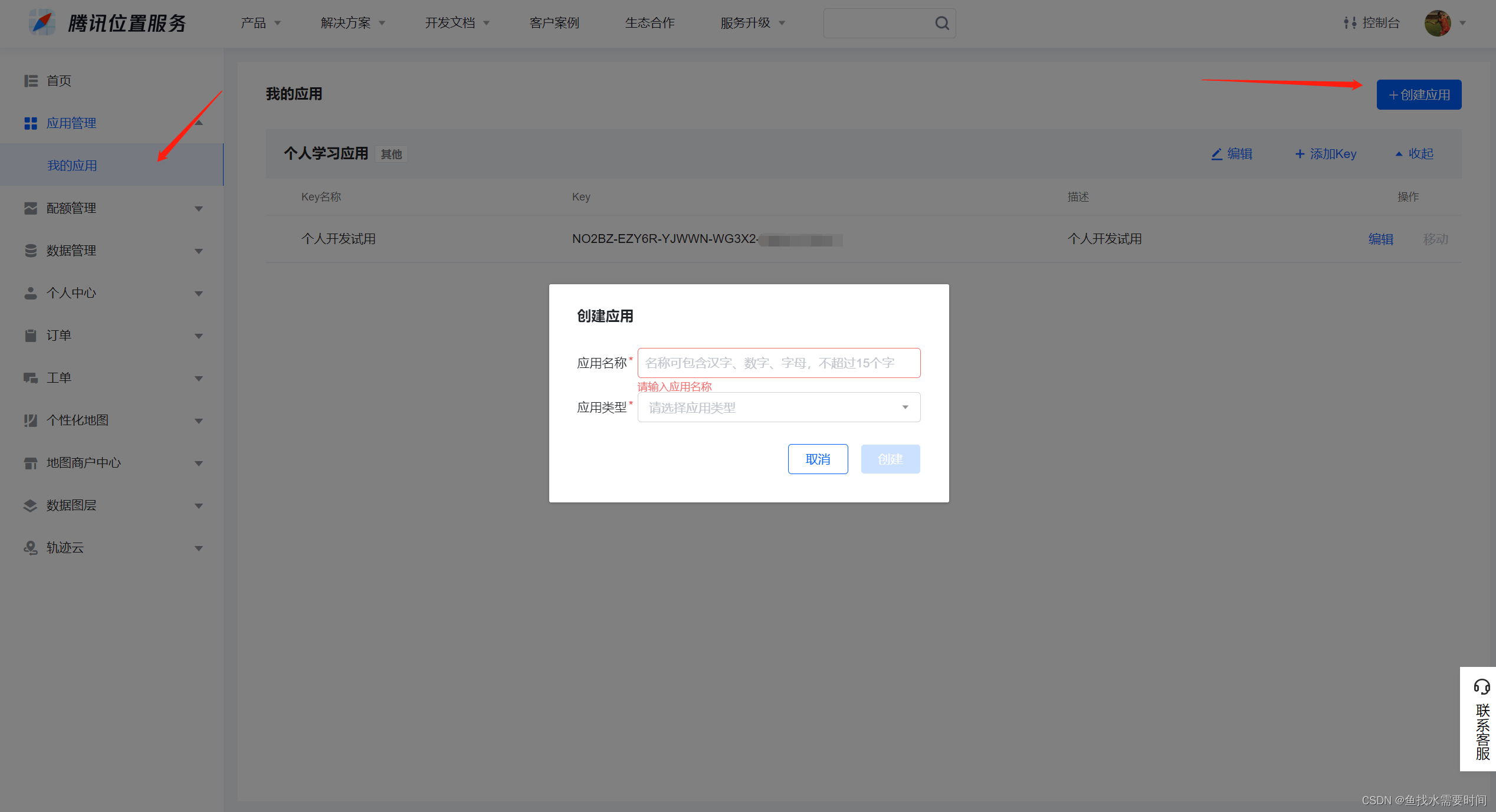有没有一种方法可以使用R中的应用函数来优化这个循环?
提问于 2020-06-23 17:46:01
我在R中有以下两个数据帧:
> head(gene)
V1 V2 V3
1 chr2 178525989 10
2 chr2 178525990 10
3 chr2 178525991 10
4 chr2 178525992 10
5 chr2 178525993 10
6 chr2 178525994 10
> head(exons)
V1 V2 V3 V4 V5 V6 V7 V8 V9
1 chr2 lrg exonic_part 178807212 178807423 . - . 001
2 chr2 lrg exonic_part 178804552 178804655 . - . 002
3 chr2 lrg exonic_part 178802138 178802341 . - . 003
4 chr2 lrg exonic_part 178800395 178800682 . - . 004
5 chr2 lrg exonic_part 178799825 178799910 . - . 005
6 chr2 lrg exonic_part 178799487 178799731 . - . 006exons$V4和exons$V5中的每一对表示范围的开始和结束。在exons中有364行,因此有364行。
我需要做的是检查gene$V2的每个元素,并检查它是否包含在exons中的任何一个范围内。如果包含它,我需要在另一个向量中添加一个外显子条目,如果它被排除了,我需要在该向量中添加一个“内含子”条目。
因此,例如,如果gene$V2的前三个元素至少包含在一个范围内,而接下来的三个元素没有包含在内,我希望得到这样的向量:
> include_exclude[1:6]
[1] "exon" "exon" "exon" "intron" "intron" "intron"目前,我正在使用来自inside.range()的spatstat.utils函数来完成此操作,该函数接受一个或多个要检查(x)和一个范围(r)的值,并输出TRUE (如果在范围内)和FALSE (超出范围)。我将它与循环中的循环一起使用:
include_exclude <- c()
for (i in 1:dim(gene)[1]){
list <- c()
for (x in 1:dim(exons)) {
list <- c(list,inside.range(as.numeric(gene$V2[i]),as.numeric(exons[x,4:5])))
}
if (sum(list) > 0) {include_exclude <- c(include_exclude, "exon")}
else {include_exclude <- c(include_exclude, "intron")}
print(i) #to see how far along the loop is
}然而,这显然是一种极其低效的做法。我怀疑在R中使用一个apply函数的效率要高得多,但我从来没有真正理解它们,也不知道如何在这种情况下使用它们。有人能帮忙吗?
谢谢!
回答 2
Stack Overflow用户
回答已采纳
发布于 2020-06-23 17:55:41
如果您的每个gene$V2都在exons$V4到$V5中的至少一个范围内,这将返回。
sapply(gene$V2, function(v) any(exons$V4 <= v & v <= exons$V5, na.rm = TRUE))
# [1] FALSE FALSE FALSE FALSE FALSE FALSE很容易将其转换为"exon"或"intron" (使用ifelse、dplyr::if_else、data.table::fifelse或仅使用向量查找),如
rets <- sapply(gene$V2, function(v) any(exons$V4 <= v & v <= exons$V5, na.rm = TRUE))
ifelse(rets, "exon", "intron")
# [1] "intron" "intron" "intron" "intron" "intron" "intron"
c("intron", "exon")[ 1 + rets ]
# [1] "intron" "intron" "intron" "intron" "intron" "intron"Stack Overflow用户
发布于 2020-06-23 17:54:10
您可以使用V4和V5列创建一个序列,并检查gene$V2中是否存在该值,并相应地分配该值。
all_sequence <- unique(unlist(Map(`:`, exons$V4, exons$V5)))
gene$include_exclude <- ifelse(gene$V2 %in% all_sequence, 'exon', 'intron')使用ifelse很容易理解,但是不需要ifelse也可以做到这一点。
gene$include_exclude <- c('intron', 'exon')[(gene$V2 %in% all_sequence) + 1]页面原文内容由Stack Overflow提供。腾讯云小微IT领域专用引擎提供翻译支持
原文链接:
https://stackoverflow.com/questions/62546334
复制相关文章



![java google 离线地图开发_如何发布google离线地图及二次开发API[通俗易懂]](https://ask.qcloudimg.com/http-save/yehe-8223537/ea6812cf20f023fb16e6d061fccaab78.png)








